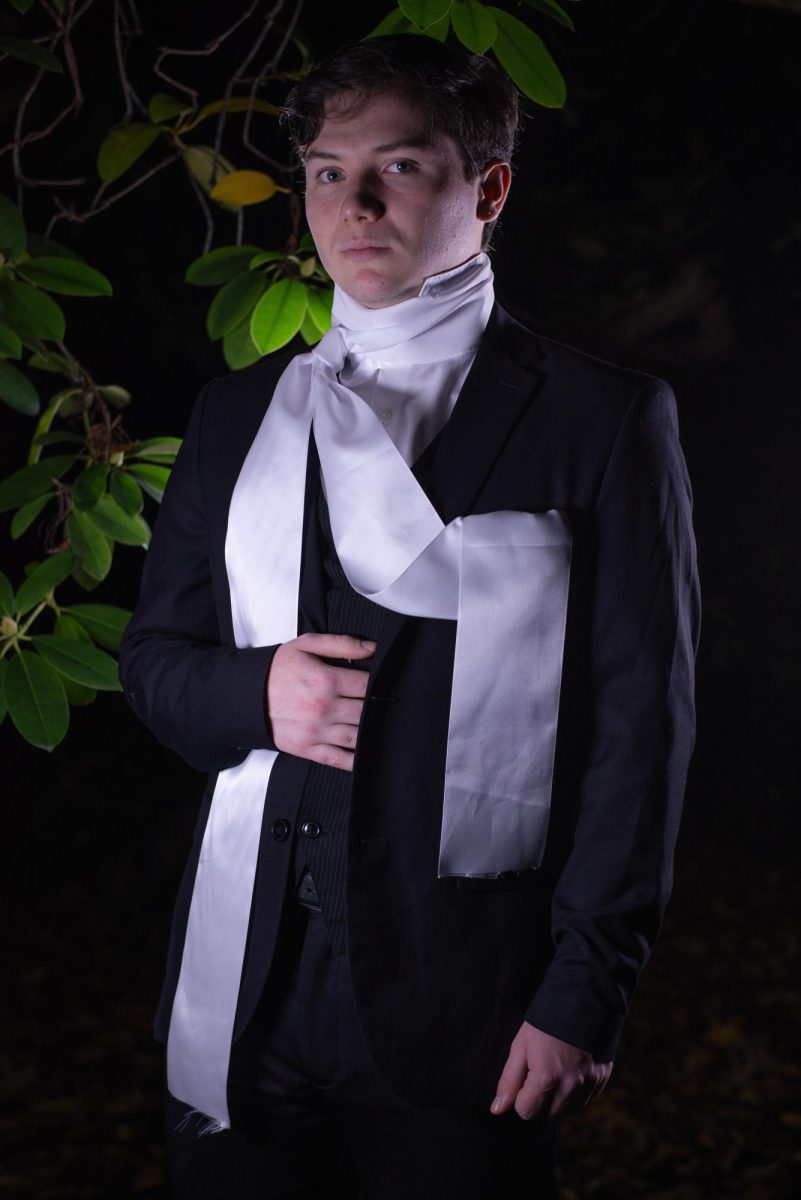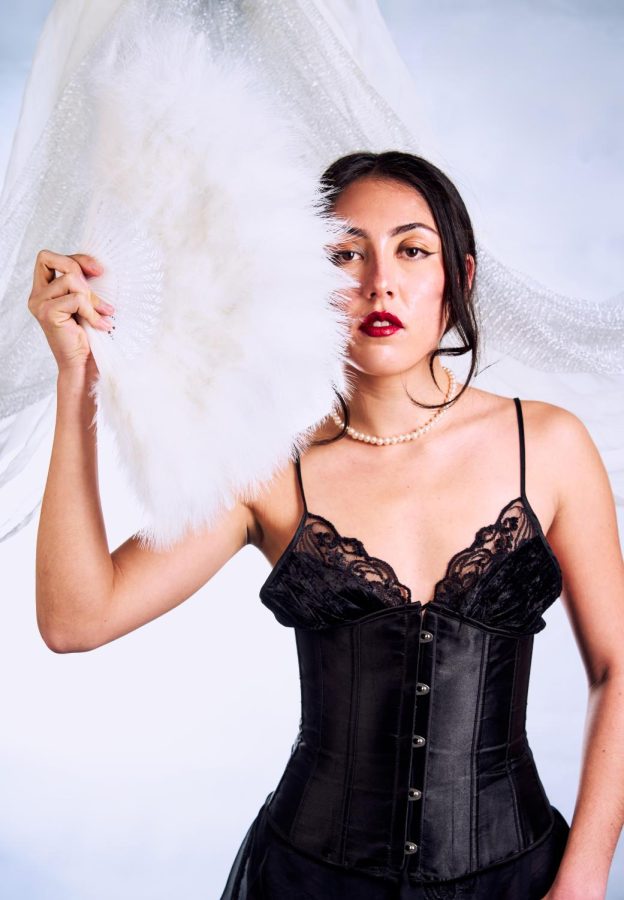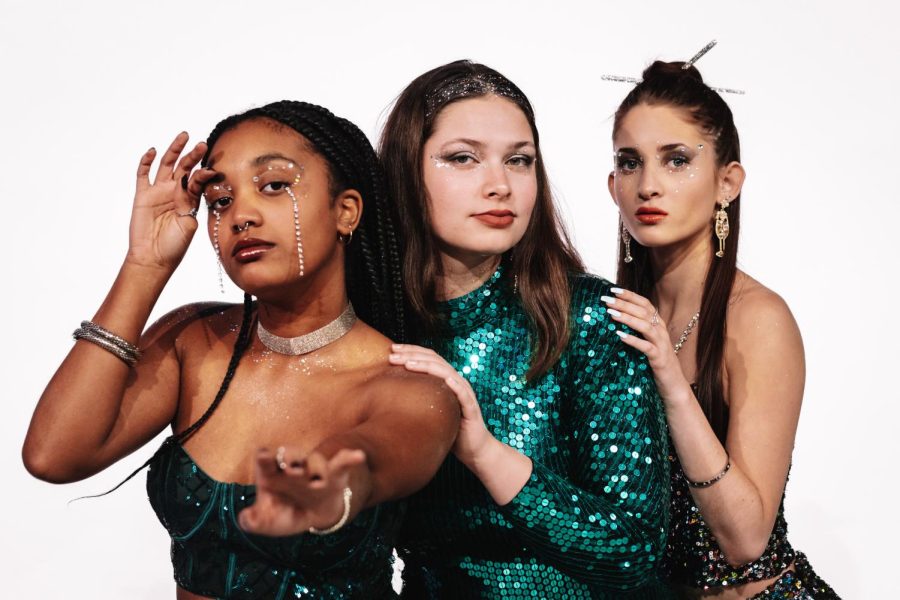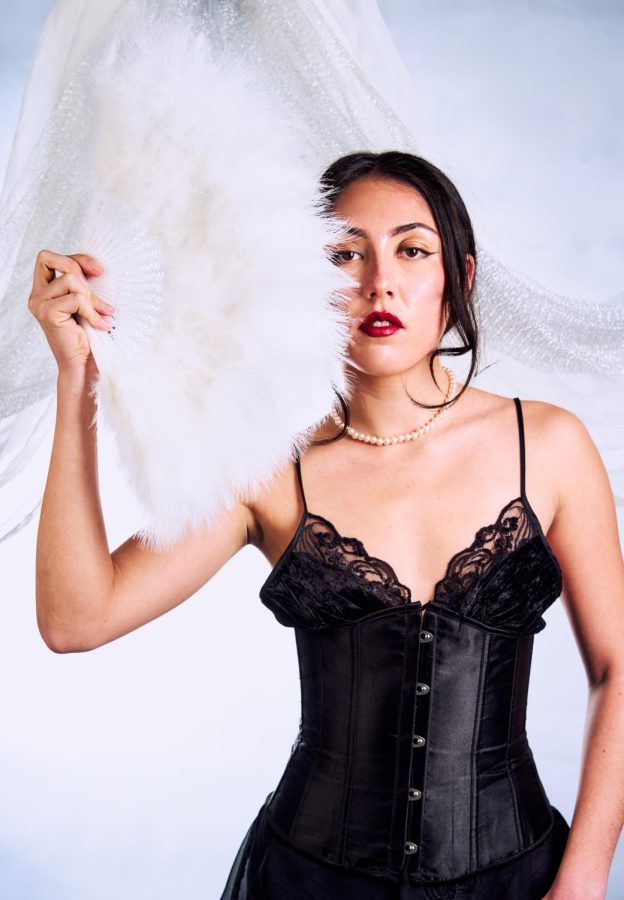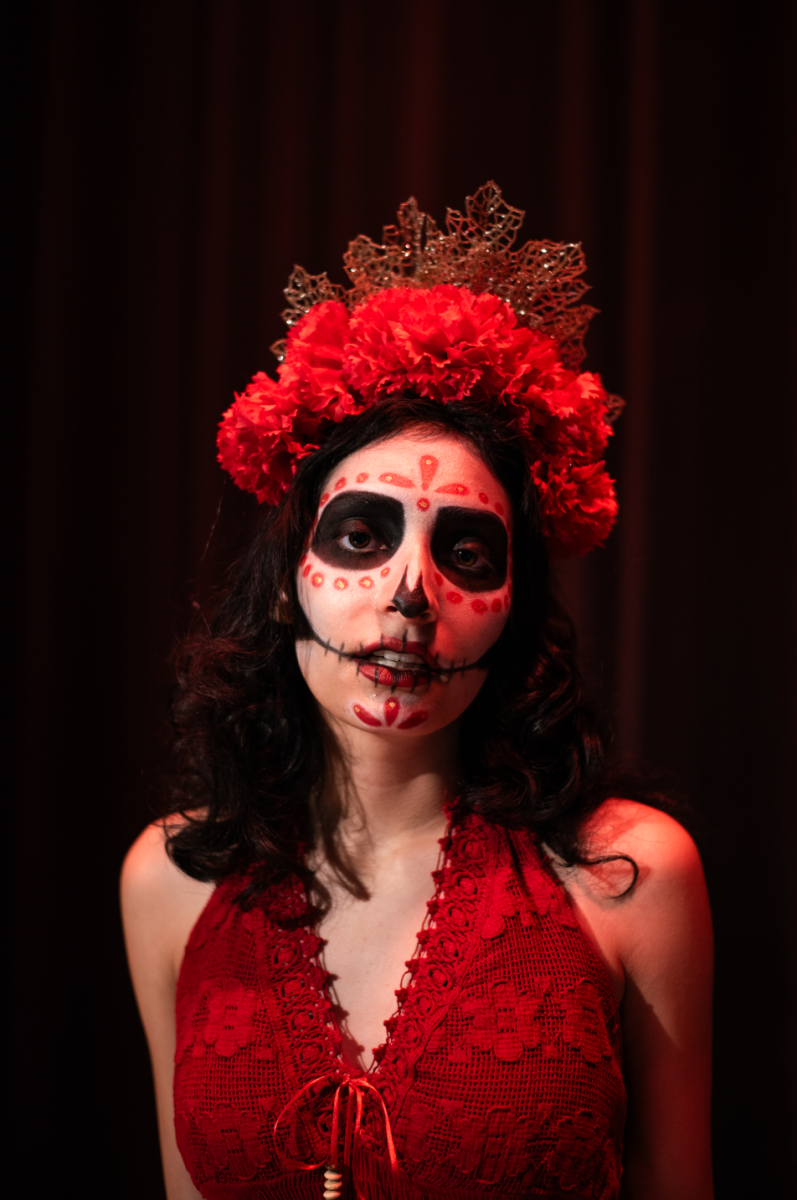“The scariest monsters are the ones that lurk within our souls”
– Edgar Allan Poe
The works of Poe today are widely regarded as the birth of the Romantic Horror Genre in art. His poems and short stories revealed the dark beauty that exists in the corners of the mind. To Poe, there was a passionate terror that could be found in beauty.
A century and a half later, the tempest raged on.
Lee Alexander McQueen would bring the fashion world to its knees. Low rise silhouettes struck the heart like lightning, as his show attendees were whisked away to the thunderous caverns of McQueen’s macabre machinations season after season.
In the eye of the storm, supermodels like Kate Moss opened Pandora’s box, revealing the alluring revelation of erogenous horror once more.
Through their art, Poe and McQueen accomplished what all artists strive to do: create something that has never been seen before. Reaching the highest heights of creative expression, both would ultimately meet an untimely demise. The men wrought pain and anguish; the siren song that entranced audiences to their work.
Poe began his walk down the lonely street of artistic success when he was hired as the Assistant Editor of The Southern Literary Messenger in 1835.
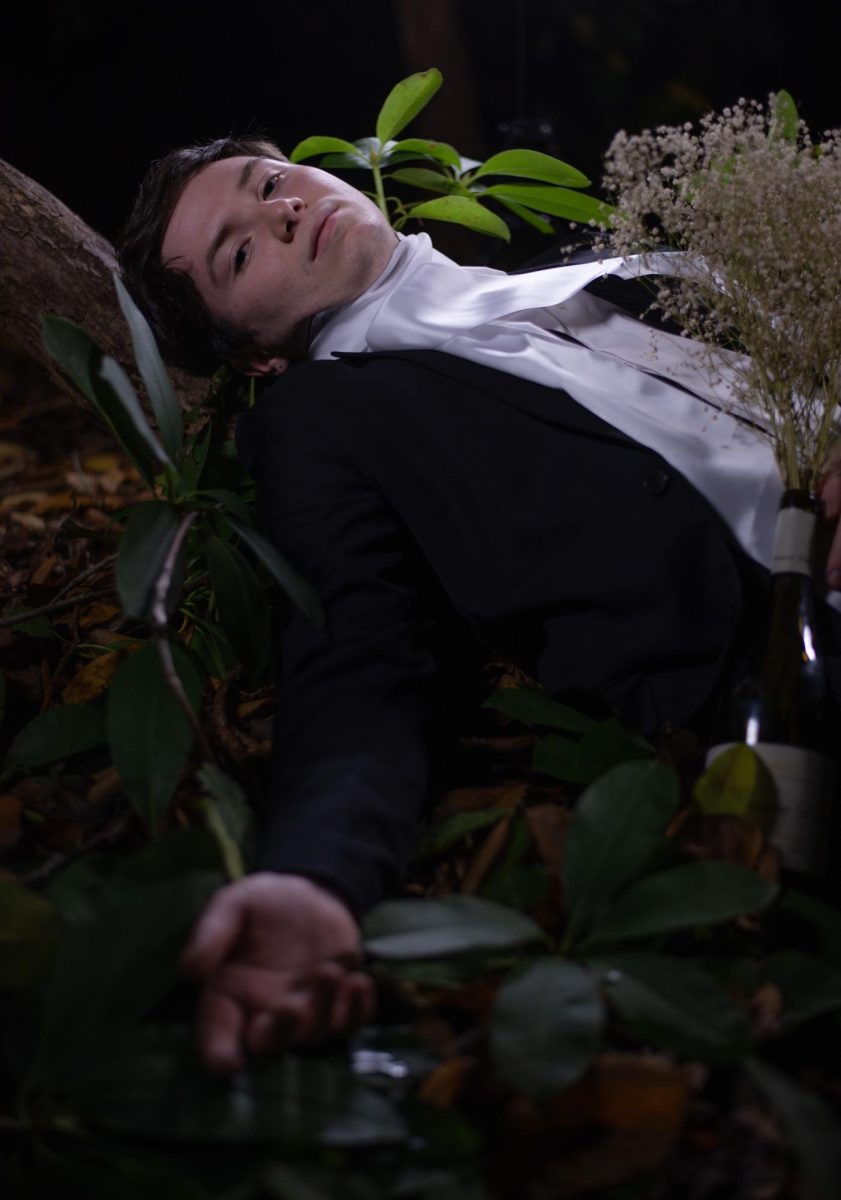
However, Poe’s drinking habits quickly saw him removed from his post. His dismissal prompted a return home, where he could be safe with his bride to be Virginia Clemm.
It was no issue to Poe that Miss Clemm was indeed his cousin and only 13 years of age. The love Virginia and Edgar had for one another was a hearth for Poe. A refuge, warm and safe. Hidden away from the psychology milieu that poured out of Poe and on to his pages with increasing ferocity.
Of course this type of relationship is impermissible for multiple reasons today.
His editorial abilities turned many a head, and by the beginning of the 1840’s his stories were circulated with immense popularity that showed little sign of stopping.
But the horrors persisted.
In January of 1842, Virginia fell ill. Her Consumption would consume them both. While Virginia’s mortal body was wasting away in her bed, Poe’s drinking habits worsened.
Maligned by the ceaseless beating of his hallowed heart, Poe tore into the deepest parts of himself, retrieving the apparitions of the beautiful women he had buried within.
There was comfort, momentary and solemn, for Poe in writing about the death of undeserving innocent women.
Poe’s grief would result in his most famous work, The Raven, in 1845. A black raven who cast its shadow over a trepidatious but intrigued man. The man wishes to be returned to his departed lover, but the raven retorts, “nevermore”.
Poe’s journey would end much like it began. Drunk and alone.
On October the 3rd of 1849, Poe was found incapacitated and intoxicated. Taken to the hospital, Poe was unable to recall anything from the night before. 4 days later in the hospital Poe would utter his final breath, “Lord, help my poor soul”.
In 1969, Poe soul would be unknowingly reborn in the young Lee Alexander Mcqueen in Stratford, England.
Entering the world of fashion as a tailor at 16 years old, after failing to pay much attention to traditional schooling, Mcqueen embarked on a road that found him at the summit of the fashion design mountain.
A decade of industry experience in tailoring, costuming, and fetishwear gave Mcqueen the opportunity to continue his schooling at Central Saint Martins, arguably the most prestigious fashion school in the world.
Mcqueen’s appreciation for the psychologically twisted was revealed to onlookers of his 1992 CSM Graduate Collection titled, “Jack the Ripper Stalks His Victims”. The fashion world was put on notice of the unencumbered power Mcqueen had with scissors and thread.
Mcqueen would follow up his graduate collection, introducing the “Bumpster Silhouette” in his first collection titled “Taxi Driver” during the Autumn/ Winter 1993 season.
Revealing what we would now call low-rise cut trousers, Mcqueen highlighted the sensual and erotic nature of the low back and navel area of the body. Many women found a new freedom of expression amongst the gawking and disgusted nay-sayers.
The critique that Mcqueen found pleasure in misogynistic overtones in his clothing would follow him much of his career but, then again, so did the accolades, press, and army of supporters and customers.
Mcqueen wanted people to be afraid of the power the women who wore his clothes held. Women unconstrained by feminine beauty standards that too often expected women to perfrom meek femininity.
“(Mcqueen) was constantly criticized; the English media and fashion industry rarely took him seriously and he never gave up”, says OSU Apparel Design Instructor Marrianne Dickson.
Collection after collection, his designs destroyed convention yet demonstrated perfection in tailoring. Unconventional materials such as jewelry, human and animal hair, mollusc shells, glass panes, and ostrich feathers adorned the models as the clothes took on a life of their own.
McQueen’s characters, shocking and savage, did not just jump off the page into the realm of mortals. They invited you into their storybook: a perverted world where anything and everything could go wrong for those who were not paying close attention.
Every fashion show put on by Mcqueen and his team was a spectacle unlike anything else on the fashion week calendar. Collections like AW 98’ Joan, S/S 99’ No. 13, and S/S 2001 Voss redefined what a fashion presentation could mean.
During his career he amassed 4 British Designer of the Year Awards. He won the prize of International Designer of the Year from the Council of Fashion Designers in 2003.
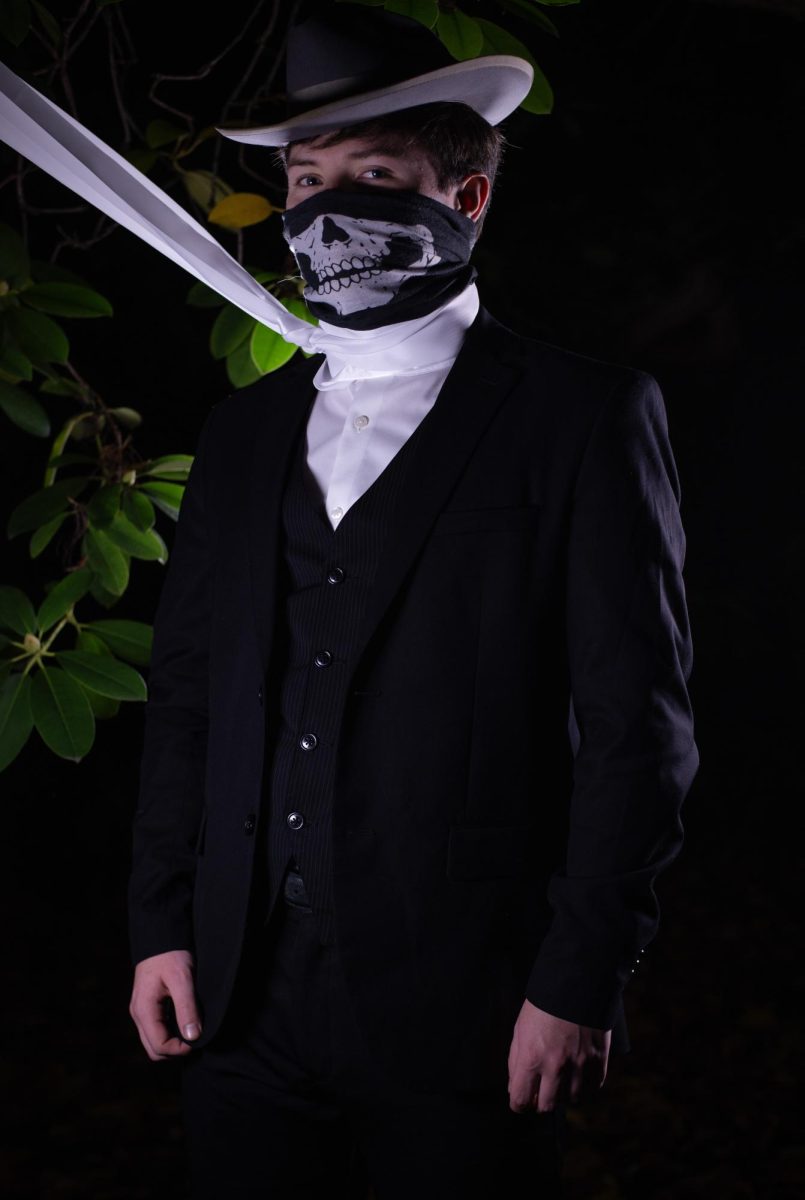
Mcqueen brought the horrors of his mind to the runway, telling tales of the demons, beasts, and monsters that lurk inside of everyone.
Just as those monsters lurk within you, they lurked within McQueen as well. In 2010, at the age of 40 McQueen took his own life, unable to retrieve himself from the darkness in which he had made his home.
Like Poe, McQueen was unable to find peace in his love life.
A gay man, no matter how popular, no matter how appreciated, was still an outsider. Barred from the acceptance he truly deserved during his lifetime.
A victim of sexual abuse as a child, something he disclosed to only a handful of close family friends, he lived a life separated from access to self-love and bodily autonomy.
Poe and Mcqueen’s works live on today in remembrance of the power of our collective fears. Fears about death, love, and self expression permeate art and society today in large part to do with the contribution of these two men.
Horror is an artistic mainstay, expressive and beautiful as always. The genre pushes boundaries as an inherent part of its nature. Defiance meets tradition, as people push on through their daily horrors made ever so easier, if at all, by those who boldly have walked the lonely road before them.


